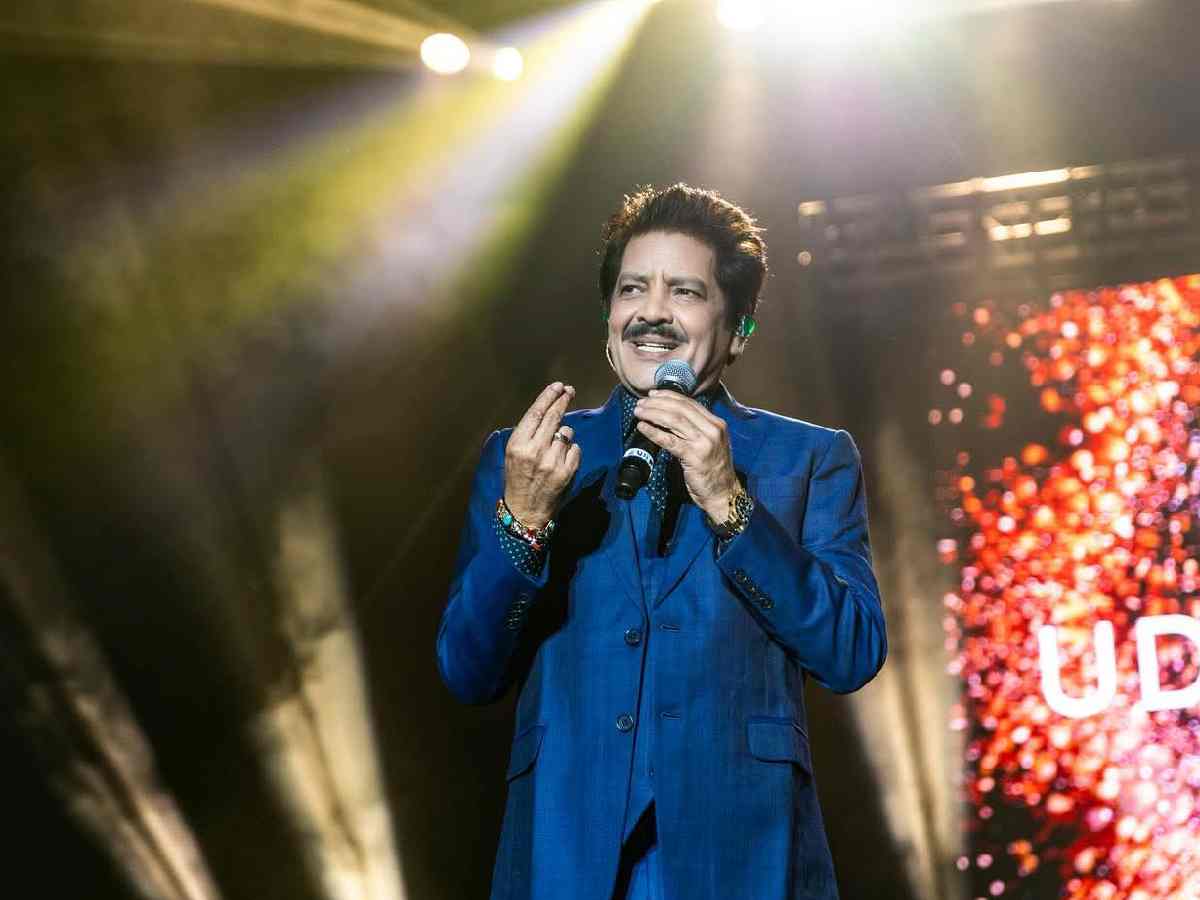“Working with Anand-Milind and singing for Aamir Khan—we had no idea the songs would become such big hits. The song Papa Kehte Hain changed my life overnight. People started recognising my voice. Even today, that film’s music resonates with the younger generation, which is a blessing,” veteran singer Udit Narayan said, in an exclusive conversation with Patriot.
Musical roots in Bihar and Nepal
Narayan was born in a small village in Bihar and raised in Nepal, where his passion for music took root early in life.
“Music was always around me—folk tunes, bhajans, and radio songs. My mother sang devotional songs at home, and I think that’s where my love for music began,” he said. “Even in school, I was more inclined towards music than studies. Gradually, it became my dream to sing for films.”
Mumbai struggles and the rise to fame
The path from Nepal to Mumbai was anything but easy.
“I moved to Mumbai with big dreams but little money,” he recalled. A scholarship from the Indian Embassy in Nepal helped him pursue formal training at Bharatiya Vidya Bhavan. “Those were years of struggle—sleeping in shared rooms and standing in long queues outside music studios. But Mumbai gave me exposure to classical music, great composers, and a chance to polish my Hindi and Urdu. It shaped me into a playback singer.”
Also read: Vijay Raaz reflects on Run and the evolution of comedy in Hindi cinema
Collaborations with music legends
Over the decades, Narayan has collaborated with some of Indian music’s most iconic voices, including Lata Mangeshkar, Asha Bhosle, and Kishore Kumar.
“I have so many beautiful memories. Singing with Lata Didi was like a dream come true—her discipline and humility taught me so much,” he said. He recalled how Kishore Da’s ability to express any mood with ease influenced him deeply. “I still remember one session with Asha Ji when I was nervous. She encouraged me and said, ‘Gaane se darrna nahin chahiye’ (You should never fear a song).”
From orchestras to auto-tune
Looking back on the industry’s evolution, Narayan noted how recording practices have changed dramatically since the 1980s and 90s.
“A lot has changed. Back then, we recorded songs with full orchestras in a single take. There was a rawness, but also a lot of emotion,” he said. “Today, everything is more polished, and technology plays a big role. While singers now have more tools, I feel the soul of the song sometimes gets lost in the process.”
The voice versus the machine
When asked whether modern music relies too heavily on digital tools at the cost of pure vocals, Narayan responded candidly.
“Yes, to some extent. Auto-tune and digital mixing are great tools, but they should support the voice, not replace it,” he said. “A true singer should be able to perform live with the same impact. Technology can enhance a song, but the real magic comes from emotion—and that comes only from the heart and the voice.”
Also read: Playback singers aren’t in the spotlight anymore: Shaan
Singing across languages
Narayan has sung in more than 30 languages—many of them not his mother tongue—and remains committed to conveying emotion above all else.
“It’s all about respect and preparation,” he said. “Before recording, I make sure I understand the meaning of every word. I work closely with the lyricist or someone who knows the language. I try to feel the emotion behind the words—that’s more important than perfect pronunciation. The melody must touch the heart, no matter the language.”
The legacy continues
Over his long career, Narayan has lent his voice to popular songs like Tujhko Na Dekhun, Gun Gun Guna, Main Sehra Baandh Ke, Pardesi Pardesi, Sona Kitna Sona Hai, Gore Gore Mukhde Pe, and many more. Even after decades in the industry, his voice remains a beloved part of India’s musical landscape.





